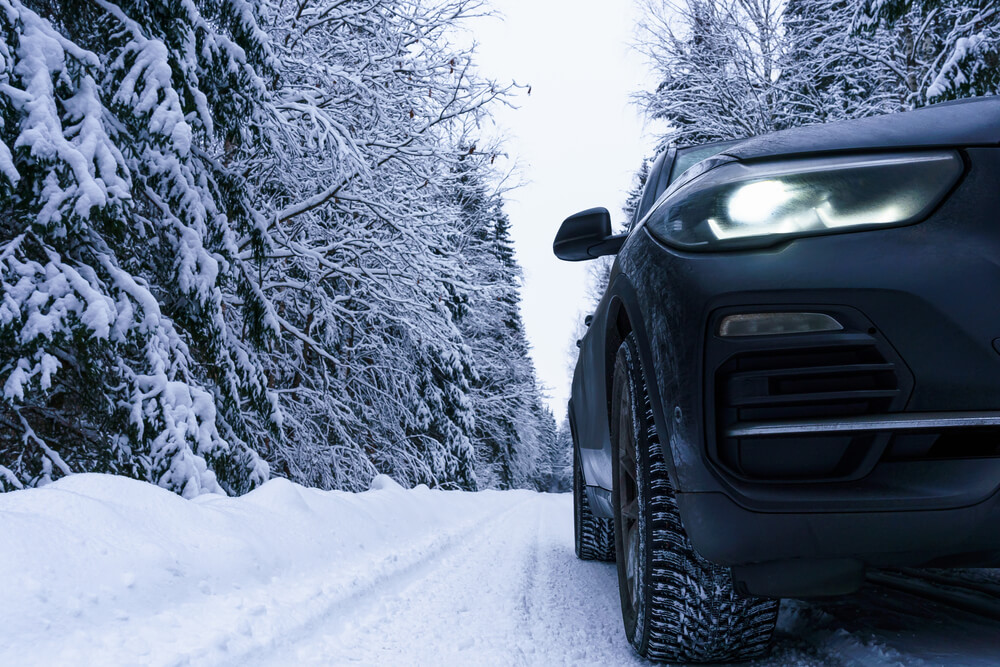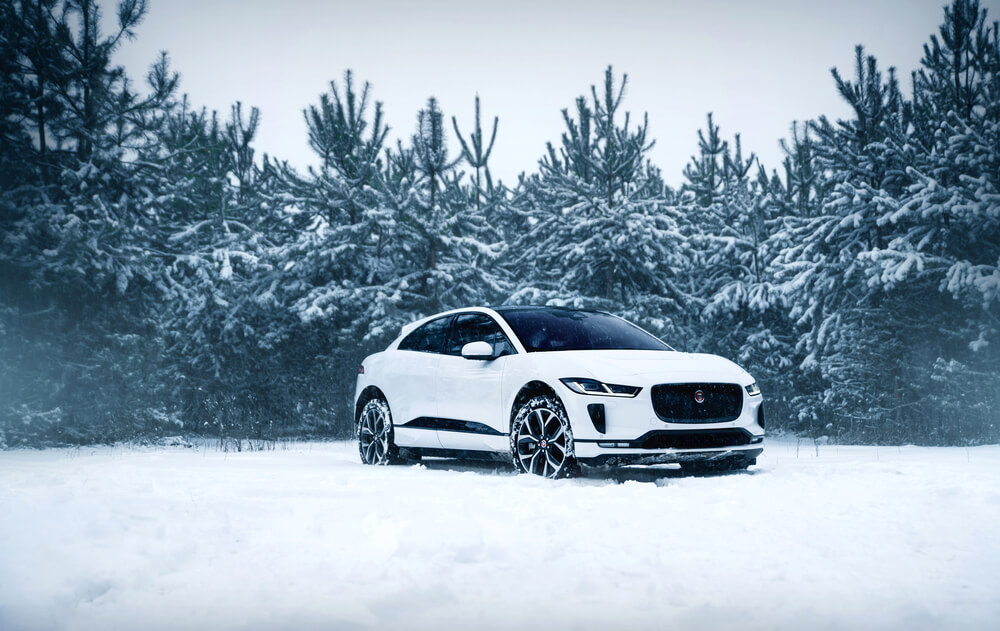
Think back to the first car you bought. There is nothing quite like the exhilaration of turning the key for the first time and the thrill of being able to go anywhere with a new set of wheels. Windows down, stereo up, and nothing but you and the open road.
And then all the paperwork hits the table, and you snap out of your daydream. Buying a new car is exciting but also time-consuming. After all the documents you sign and the money you spend, you wonder what else you have to take care of.
Whether you buy a new or used car, there are several things you need to do before you can drive off into the sunset. This list will show you what to do after you buy a car.
8 Things You Need to Do After Buying Your Car
It doesn’t matter if you are buying a used car or a brand new vehicle – both options involve several essential steps.
Remember that once you drive off the lot and sign the paperwork, you are responsible for the vehicle. So you want to make sure you are doing everything you can to be safe, follow the law, and get your money’s worth.
Step #1: Read the Owner’s Manual
While it may not be the most exciting reading material, it’s a good idea to familiarize yourself with your owner’s manual after buying your car.
The owner’s manual can answer most of your questions about maintenance, features, and where to find things. It will tell you the type of gas to use, your car’s windshield wiper size, recommended tire pressure, when to schedule check-ups, and what warning lights mean.
Most owner’s manuals even walk you through basic maintenance for fixes you can perform yourself, like changing the headlights and checking the oil.
Step #2: Insure the Vehicle
Insuring the vehicle is a necessity. You can’t legally drive without first insuring your car.
Car insurance protects you, others, and your vehicle. You will face legal trouble if you don’t have an insurance policy. Additionally, most states require insurance to register your car. So, if you get pulled over and cannot show vehicle registration, you might be taken into custody and have to deal with the law.
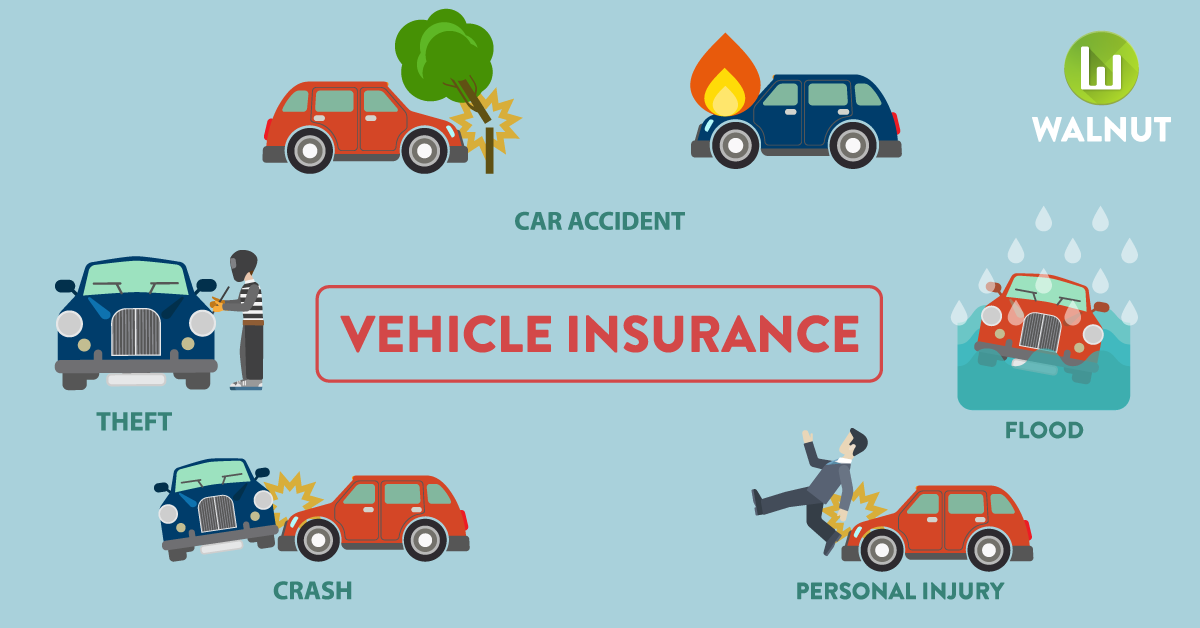
Step #3: Register Your Vehicle
When you leave the dealership, your new car will come with temporary registration and license plates with an expiration date. Before the date expires on your temporary tags, you need to go to your local DMV and register your vehicle.
Before you show up, make sure you bring the following documentation:
- Proof of identity and state residency
- Proof of car insurance coverage (insurance documents)
- Proof of vehicle ownership (including the document showing purchase price to calculate sales tax)
- Safety inspection documents (can be completed at local oil change shop)
- Emissions inspection
- Vehicle Identification Number (VIN) inspection
- Registration application forms
Driving without vehicle registration is illegal. Also, if you miss the deadline for registration, you could incur a fine. Make sure you register your vehicle as soon as possible.
Step #4: Get Your Tags and License Plates
When you go to your local DMV and register your new car, you will receive new plates. Your plate’s identification number is created at random unless you decide to customize a license plate.
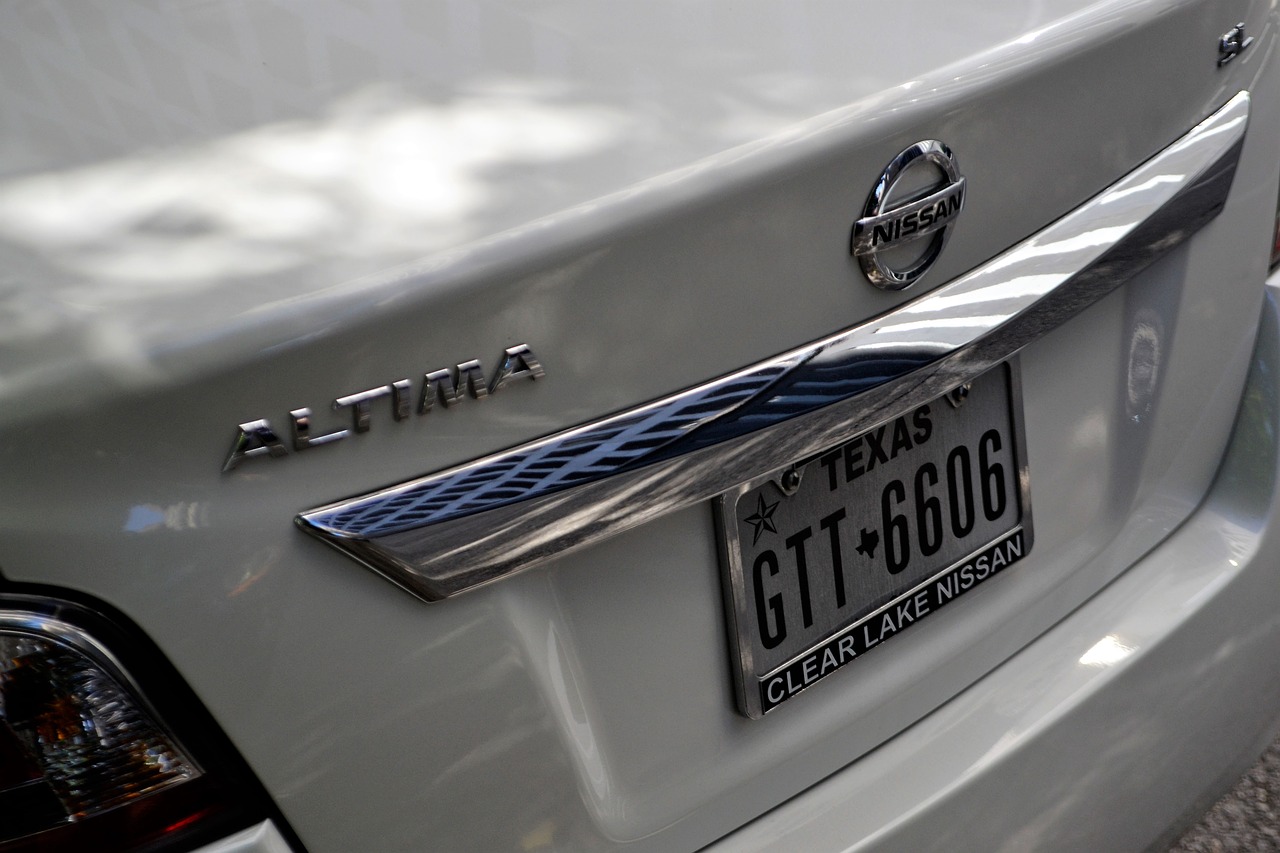
Step #5: Get the Title
This particular step is only for individuals who paid for their new vehicle in full at the dealership. When you buy your car upfront, you receive the car title as well. If you are financing your vehicle, you will receive your title once you pay off the loan.
When buying a used car, the previous owner will transfer the title either to you (if you pay in full) or to the bank (if you are financing your purchase).
ep #6: Keep All Paperwork
Keep all paperwork after driving off the lot. All the documentation the dealer gives you is essential and will help with maintenance, sales tax, warranties, and registration. If you purchased your vehicle from a private seller, ensure that they give you all the necessary documents for insurance and registration.
Step #7: Schedule Immediate Maintenance for Necessary Repairs
When you purchase a car, set up a time to visit a local vehicle inspection site so a licensed mechanic can complete the required inspections.
You will likely need a completed emissions test, safety inspection, and VIN inspection to register your vehicle, depending on what your state’s laws say.
If you bought a used vehicle, it’s a good idea to have the car inspected to make sure there aren’t any problems the previous owner may not have known about. Also, ask your mechanic to complete routine maintenance like changing your oil, replacing filters, rotating your tires, and filling your tires with air.
Step #8: Stay up-to-Date With Recalls and Notices
Every year, car manufacturers release new technology. Unfortunately, even after months of testing, sometimes the technology does not work the way it is supposed to. Most dealerships will send out recall notices to vehicle owners to tell them to bring in their cars for maintenance if there’s an issue with safety or functionality.
Deciding How to Transport Your Car Home
If you purchased your car online, you might need to figure out how to ship it home to you. While some companies will deliver your vehicle, a private seller will not. Here’s what to do if you need to transport your car.
Two Ways to Transport Your Car Home
Option #1: Fly Out and Drive the Car Back Home
The first way to transport your car back home is for you to fly out and drive it back. Driving the car yourself might be the cheapest option if you can find a good price on airfare. However, you’ll also have to factor in the cost of fuel, as well as lodging if you can’t make the trip in one day.
Option #2: Hire a Transport Service
Hiring a transport service is the best option if you don’t have the time to drive it home. Plus, with a vehicle transport service, you get peace of mind. These people are professionals, and they take every precaution to ensure any vehicle in their care makes it safely home.
When you hire a transport service, you can request different shipping packages. At Guardian Auto Transport, you have three options:
- Open — The transport service will deliver your vehicle in an open carrier. Open transportation is the most common form of vehicle transport.
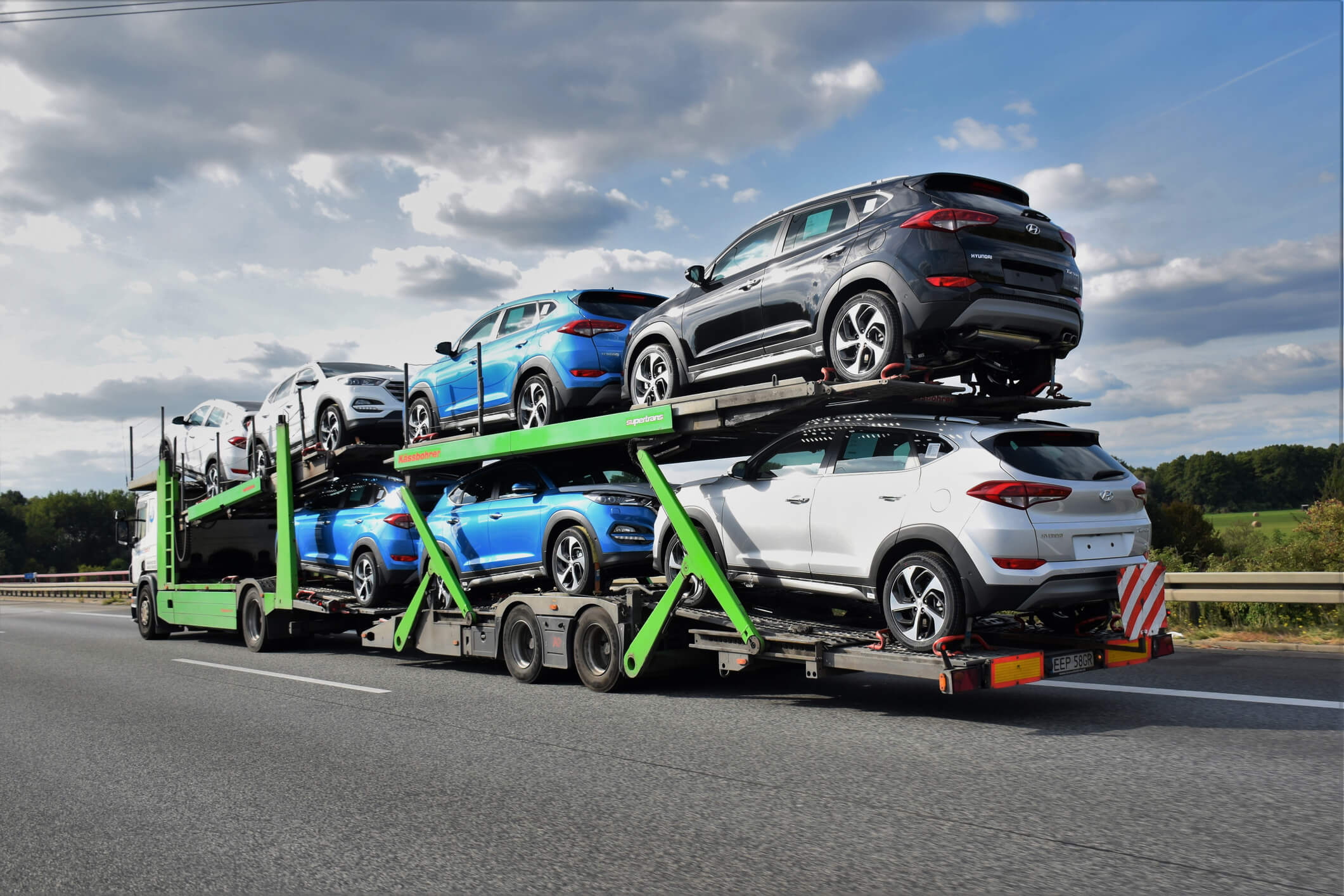
This is a car carrier that is transporting a handful of cars
- Enclosed — The enclosed option is best if you want your car fully protected from the elements while in transit.
- Expedited — When you need your vehicle as soon as possible, expedited is the way to go. This form of transportation will get your car to you faster than any other method.
Conclusion
There is a lot that goes into buying a car. While there are similarities between purchasing a new car and a used car, there are some noticeable differences in the process. Pay close attention to these differences.
If you found the car of your dreams, but it is halfway across the country, don’t let that stop you. You can order a car online and hire a transport service to bring it to you.
Think outside of the box when buying your next car. You can purchase it from anywhere in the country instead of being limited by local options. With Guardian Auto Transport, you can easily ship your car to you and count on hassle-free service.
